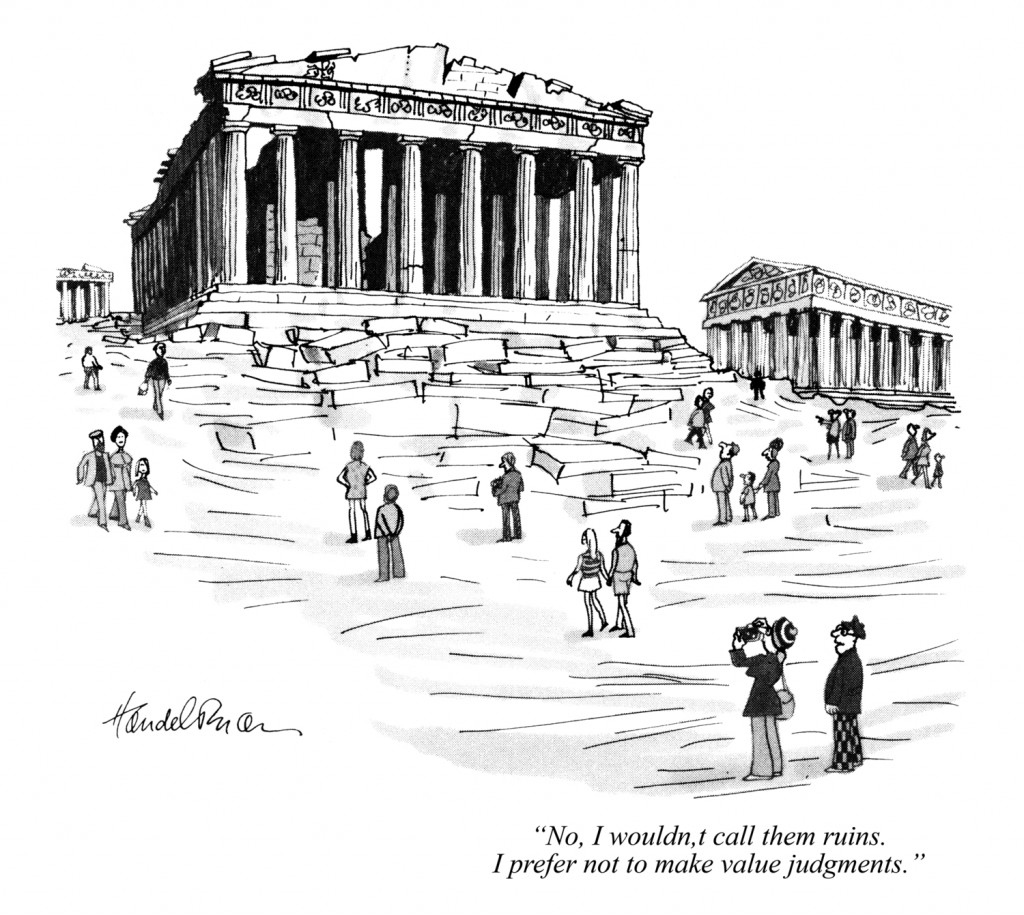For Monday, a few jokes about our favorite professionals… architects & engineers:
After working with our design staff for months on the renovation of an existing building for our office, we asked ourselves, “How many architects does it take to design an architect’s office?” The answer: too many! — Linda Derivi, AIA
When a surgeon makes a mistake they bury the patient. When an architect makes a mistake all one can do is plant vines. — Tim Stormont
An architect is said to be a man who knows a very little about a great deal and keeps knowing less and less about more and more until he knows practically nothing about everything, whereas, on the other hand, an engineer is a man who knows a great deal about very little and who goes along knowing more and more about less and less until finally he knows practically everything about nothing. A contractor starts out knowing practically everything about everything, but ends up by knowing nothing about anything, due to his association with architects and engineers. — AglaiaDaae
The optimist says the glass is half full. The pessimist says the glass is half empty. The engineer says the glass is twice the size it needs to be. — MukMan
Inspired by a recent post on the AIA California Council blog.








